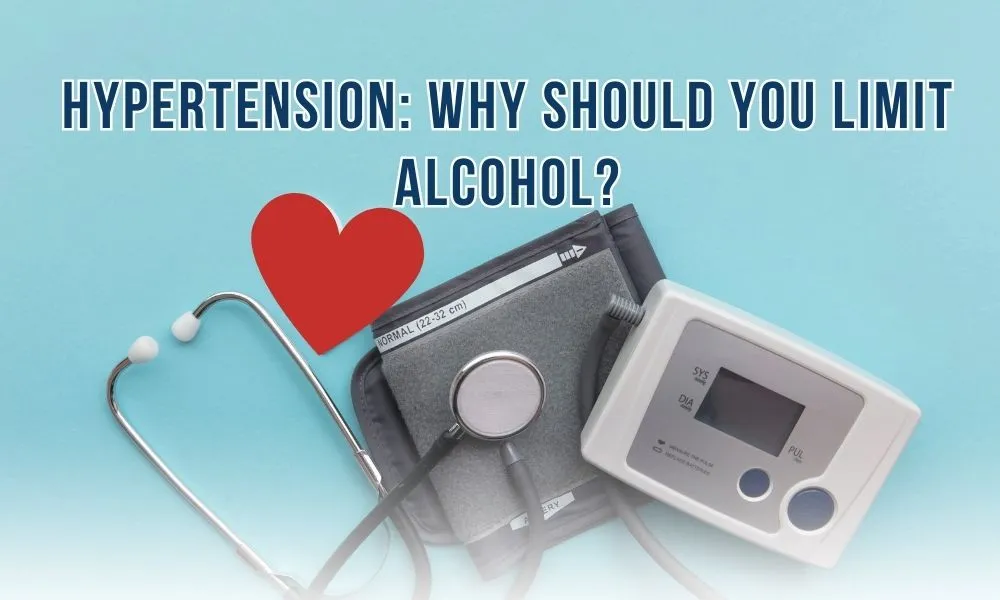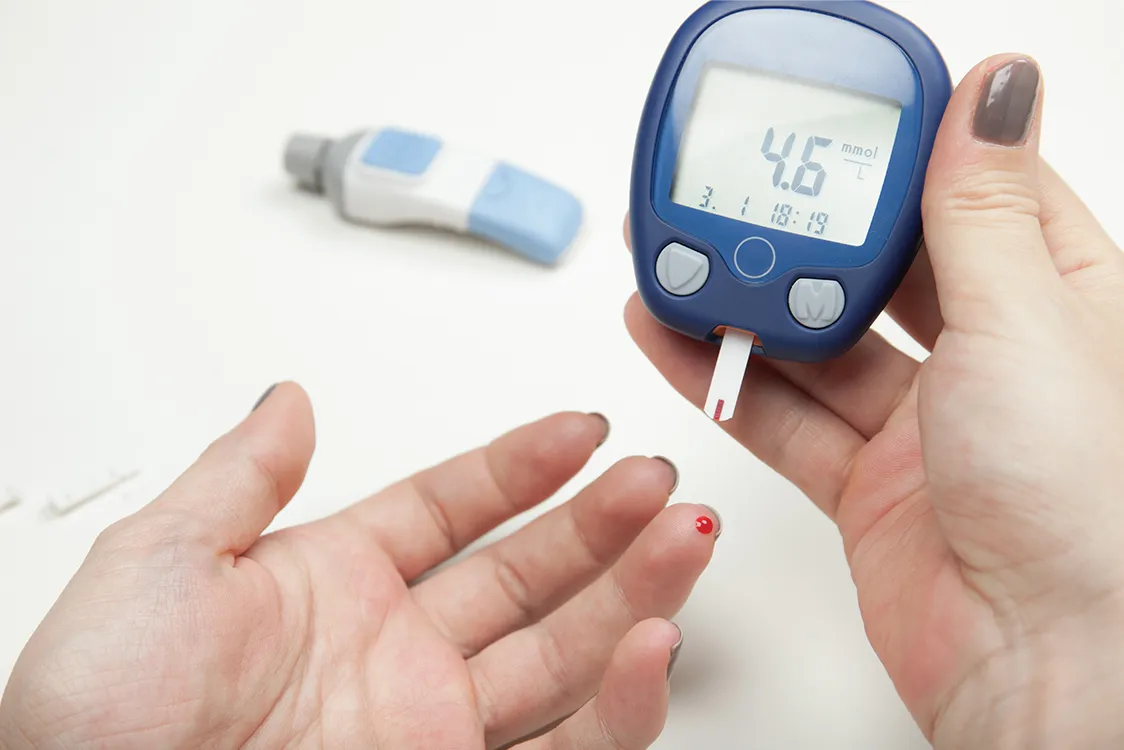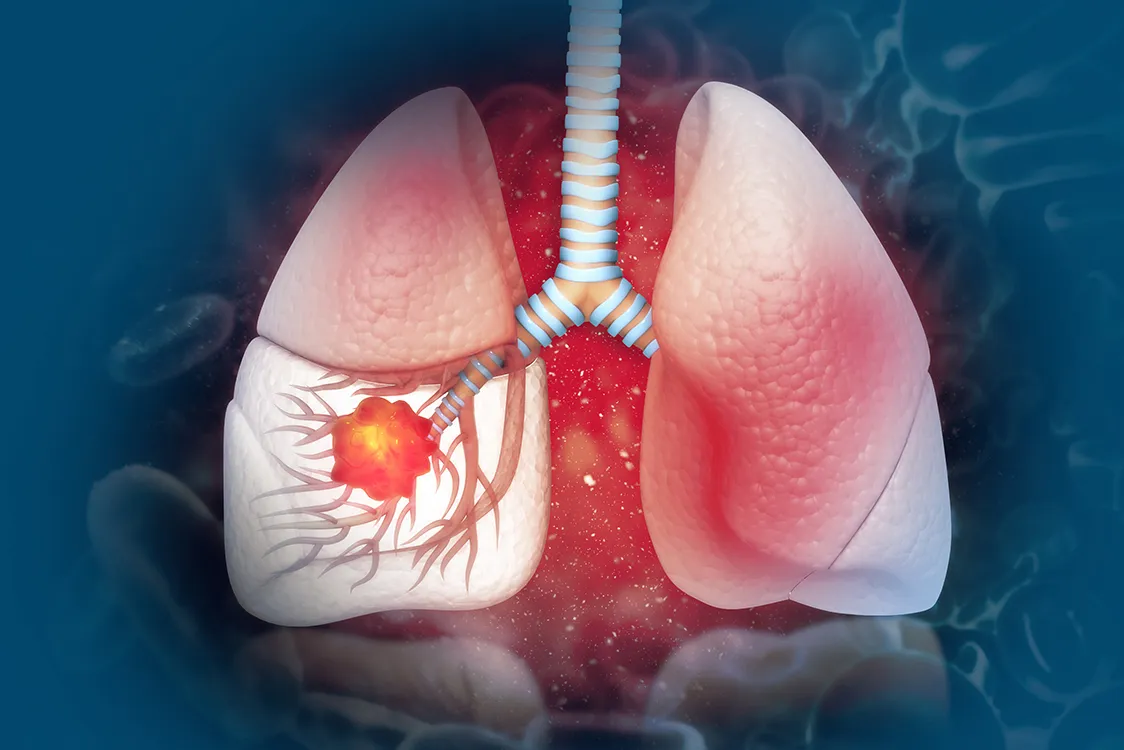A diabetic shock or hypoglycemia happens when our blood sugar levels go extremely low. It may trigger a medical emergency if not treated in time, and can lead to a diabetic coma. Doctors suggest that hypoglycemia can also happen rapidly and may even occur when one follows their diabetes treatment plan properly.
And so, knowing symptoms, potential complications, and possible treatment options is extremely important for those living with this condition.
What happens in a diabetic shock?
Doctors suggest that the ideal range for blood glucose is between 80 and 130 milligrams (mg) of glucose per deciliter (dL) of blood (mg/dL). However, diabetic shock occurs when our blood sugar levels are too high or too low outside of this range.
When the blood sugar levels go erratic, they lead to hyperglycemia, or high blood sugar, which occurs when the blood sugar level is higher than what insulin can convert into energy. Hypoglycemia, or low blood sugar, occurs when the blood sugar level is lower than the amount of insulin available to convert the blood sugar into energy.
Why does hypoglycemia cause a medical emergency?
Experts suggest hypoglycemia, or low blood glucose levels, occurs if you—as a diabetes patient—miss a meal, exercise too much, vomit, or use too much insulin. It is common among those with type 1 diabetes. When the blood contains more insulin than glucose, there is not enough energy for your body’s cells to use.
If blood sugar gets low enough, it leads to weakness, confusion, and difficulty walking. If untreated, hypoglycemia can result in seizures, diabetic coma, or even death.
What are the signs and symptoms of hypoglycemia?
When glucose builds up in our bloodstream, our blood sugar levels are bound to rise. Experts state that most of the food that you eat gets broken down into glucose, which is a kind of carbohydrate. It is also the body’s main fuel source and makes our muscles, organs, and brain work efficiently.
However, it cannot be used as a fuel till it enters our body cells, when insulin stops it, leading to hyperglycemia, which in the long run can damage organs, nerves, and blood vessels. There are a few early signs of high blood pressure that the doctor says can be checked.
If not treated, diabetes can cause heart disease, stroke, nerve and kidney damage, vision loss, and much more. Even if one has mild blood sugar elevations, it can still damage an individual’s organs. A few early signs to understand may include:
-
Nausea
-
Lammy skin or profuse sweating
-
Increased nervousness or anxiety
-
Fast heart rate
-
Increased irritability or clumsiness
-
Feeling light-headed or dizzy
Ways to immediately treat diabetic shock
If one has type 1 or type 2 diabetes, they must notice the symptoms of low blood sugar and take steps to help raise their blood glucose levels to an acceptable normal range. According to health experts, a person should check blood glucose levels first in such a situation.
If the levels are less than 70 milligrams per decilitre (mg/dl), consume a sugary snack or drink containing 15 grams of carbs, then recheck blood sugar levels after 15 minutes. This is known as the 15-15 rule. If the levels are still low, one must repeat the process and consume more sugary food or drink. Once the levels return to normal, a person can resume their regular meal or snack schedule.
Doctors may prescribe a hormone called glucagon to people who are at risk of diabetic shock. Glucagon comes in a syringe, and a person can use it in an emergency to help their blood glucose levels return to normal.
If a person experiencing hypoglycemia becomes unconscious, they should call for an ambulance and rush to the hospital as soon as possible. Being alert and aware of symptoms is the key to avoiding diabetic shock.
Disclaimer: This article is meant for informational purposes only and must not be considered a substitute for professional advice.





